Small fabric goes a long way!
Customers usually value three things when buying clothes: appearance, comfort and quality. In addition to pattern design, fabric determines comfort and quality, which are the most important factors influencing customer decisions.
A good fabric is undoubtedly the biggest selling point of this dress. Especially in autumn and winter, customers not only demand fashion, but also fashion, warmth and easy maintenance. Fabrics will win the hearts of the people.
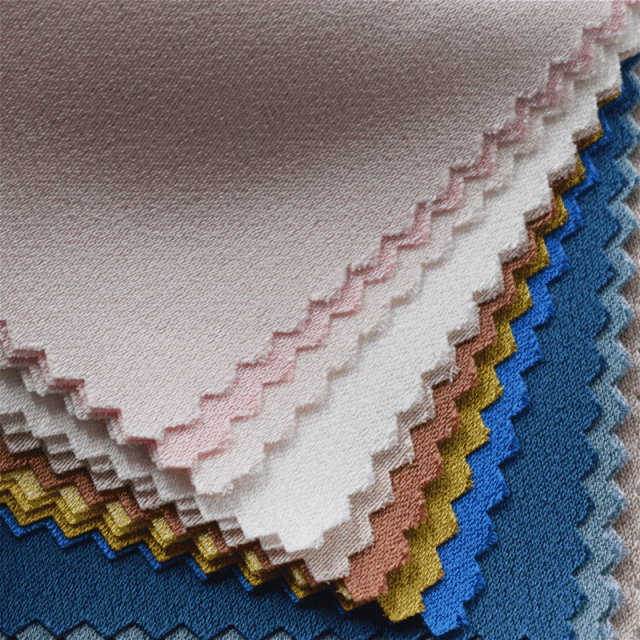
As a practitioner in the clothing industry, fabric knowledge is essential and can also be a bonus. When a customer likes a piece of clothing, as a shopping guide, he can introduce the fabric of the clothing and remind the customer how to maintain it, which will undoubtedly make the customer feel good about it.
So Hanfeng Jun is here to talk to you today about the five common autumn and winter fabrics and their care.
Wool
Global Clothing Strategy Manual
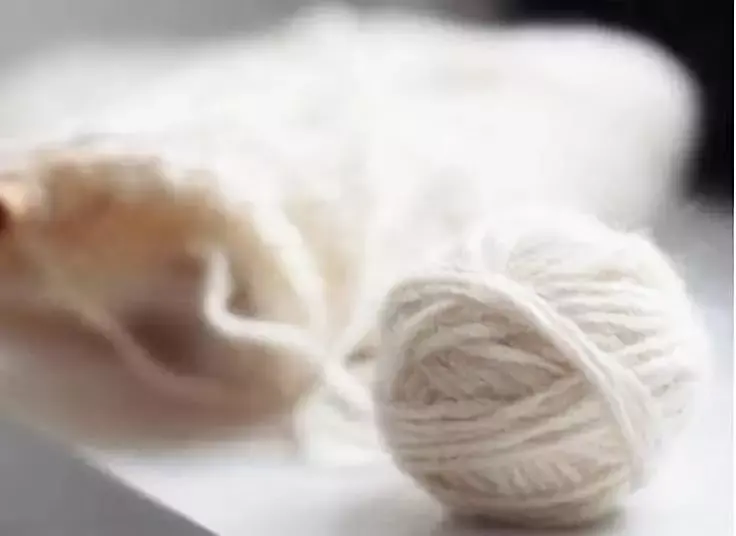
Wool It can be said to be the most common autumn and winter clothing fabric. From sweaters to coats, wool supports the autumn and winter styles.
Wool is a material that has a plump feel, good elasticity, strong moisture absorption, and good warmth retention.
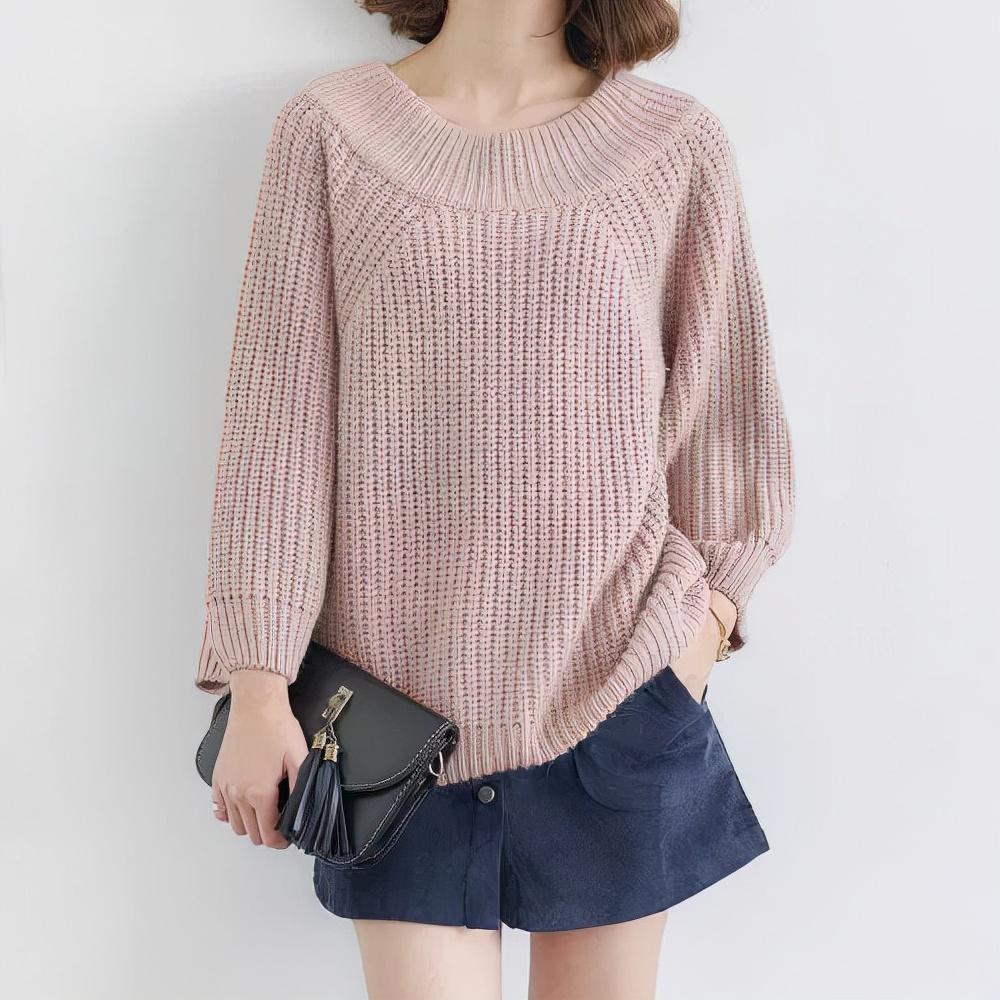
The biggest drawback is pilling, this is unavoidable for all pure wool clothing, so it is a bit difficult to maintain wool clothing.
Maintenance
- 1. Washing: Dry cleaning is preferred, if necessary For hand washing labels, it is recommended to wash with wool-specific laundry detergent and 40°C warm water. (Washing method: Turn the inner layer of the clothes inside out, soak in fully dissolved detergent for about 5 minutes, slowly squeeze the clothes until they are moist, and do not rub them.)
- 2. Storage: Wool has poor heat resistance and is prone to insects Do not expose it to sunlight for long periods of time or place it in a humid place for long periods of time.
- 3. If pilling occurs: use a professional pill removal machine;
Cashmere
Global Clothing Strategy Manual
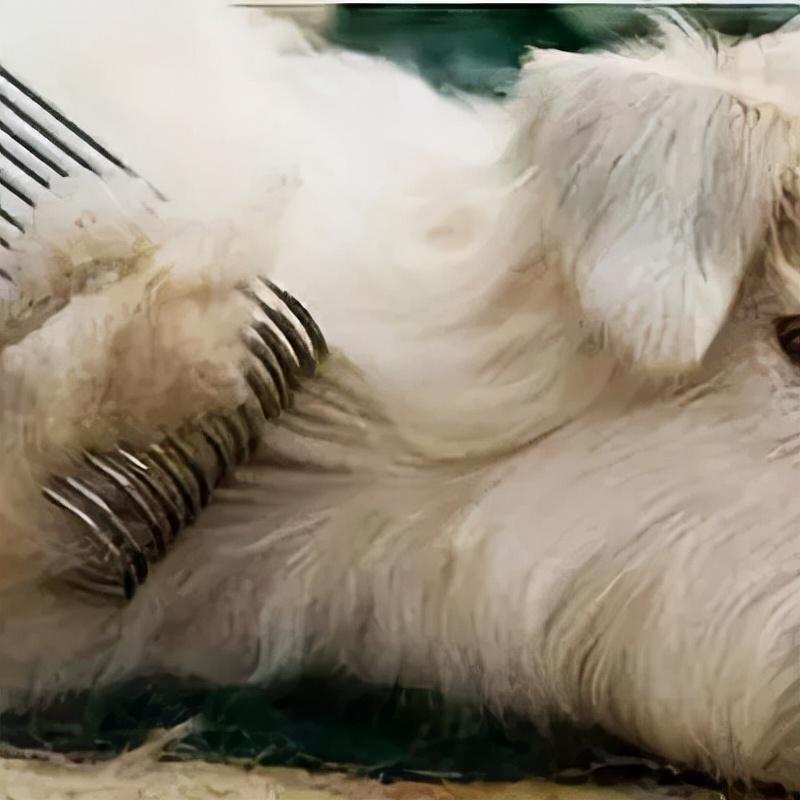
“In winter, the thing that is warmer than a hug is a cashmere coat.”
But when it comes to cashmere, many people may confuse it with wool, but in fact they come from two different countries.or: #222A3B; –tt-darkmode-color: #98A4BC;”>Corduroy
Global Clothing Strategy Manual
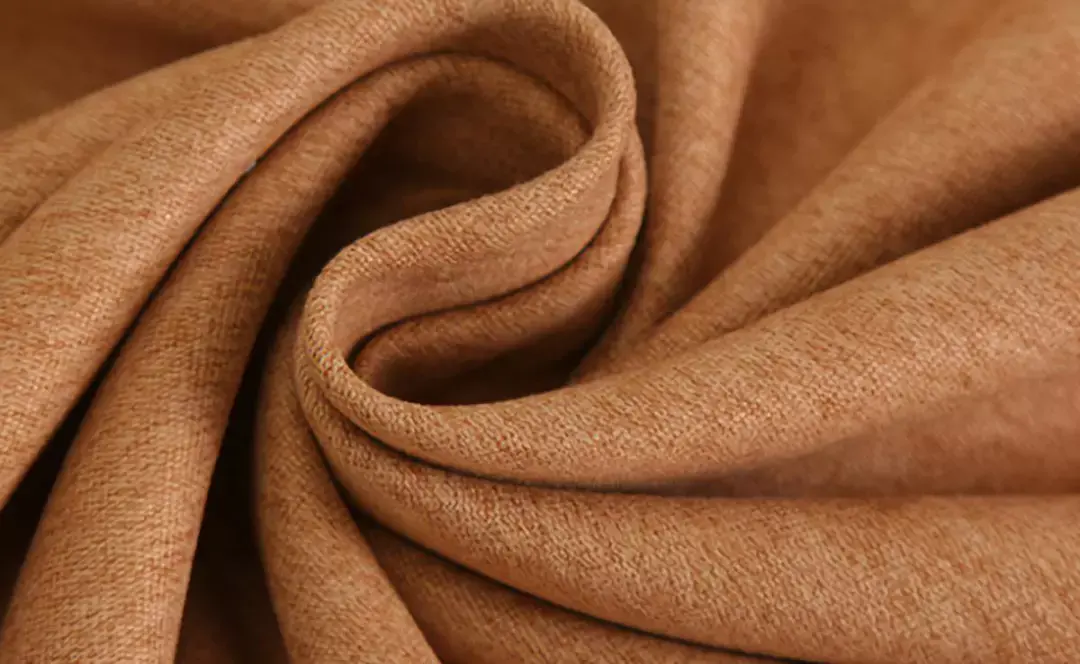
Corduroy, too It’s called corduroy, corduroy, and velvet. In autumn and winter, corduroy jackets and trousers are very popular, with a retro feel.
Corduroy has a thick texture , soft to the touch and good in warmth. The velvet strips are clear and round, with a soft and even luster, thick and wear-resistant, but easy to tear.
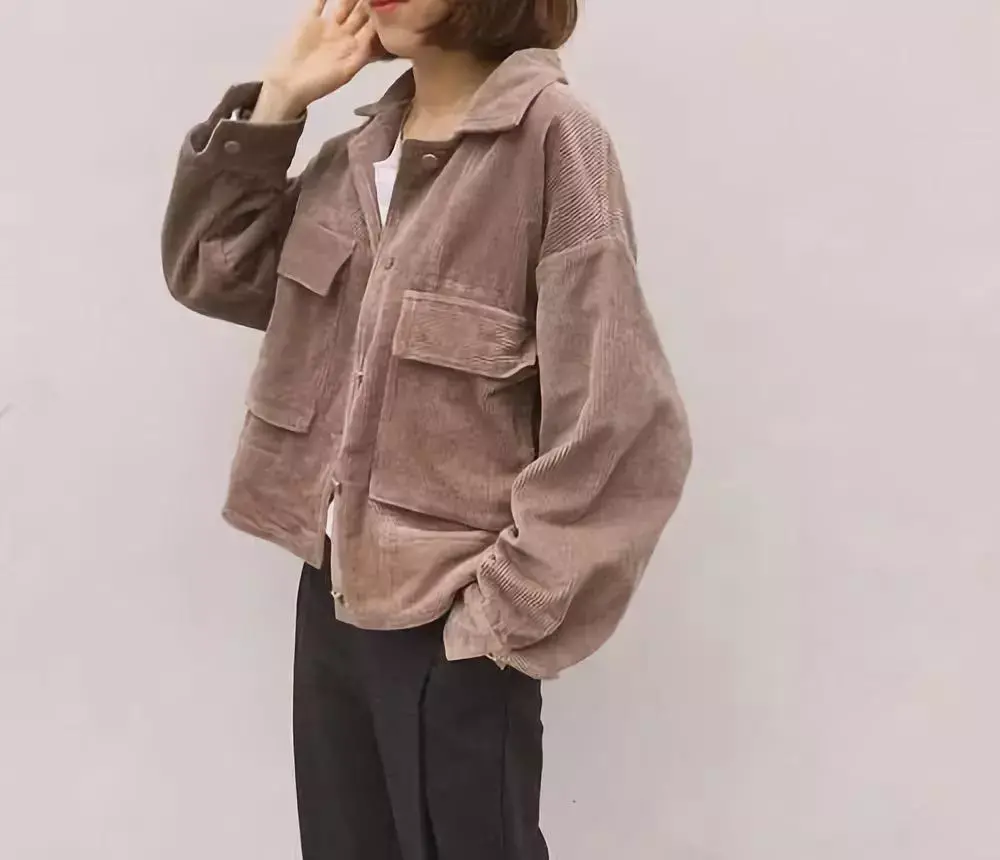
Maintenance:
- 1. Washing: It is not advisable to scrub hard or use a hard-bristled brush to scrub hard. It is advisable to use a soft-bristled brush to gently scrub in the direction of the hair.
- 2. Storage: It is not advisable to press heavily when storing to keep the pile plump and erect, and it is not suitable to be ironed.
Pure cotton
Global Clothing Strategy Manual
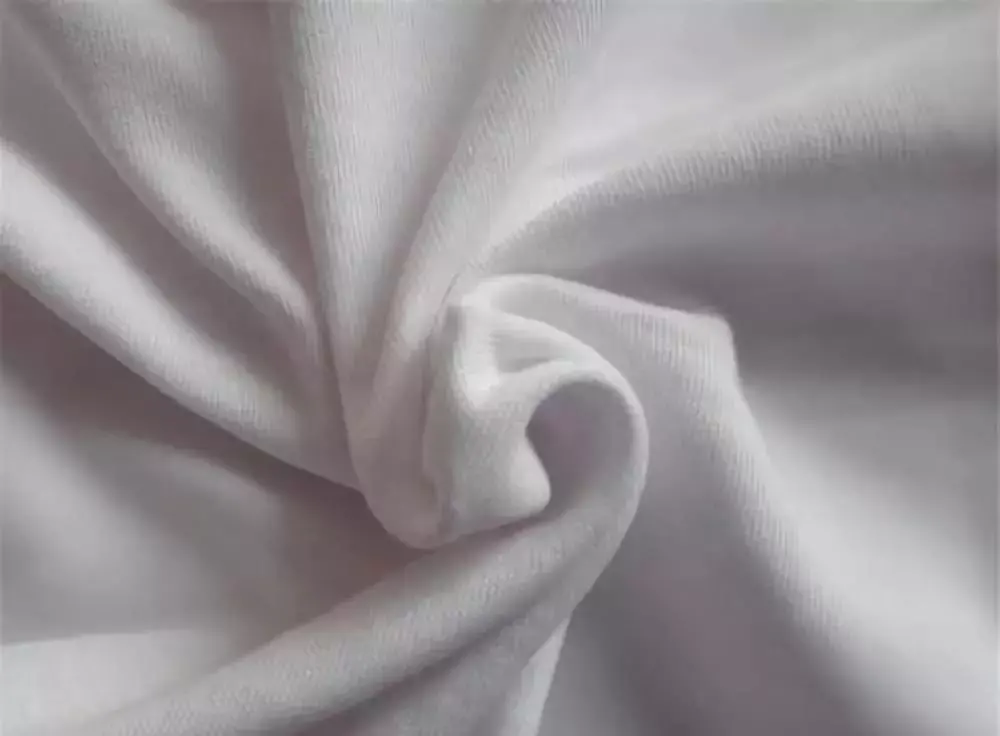
Pure cotton may be a fabric that will never be discarded at any time. Even if technologically innovative fabrics become more popular and designers use more chemical fiber fabrics, the touch of pure cotton fabrics will always protect your skin.
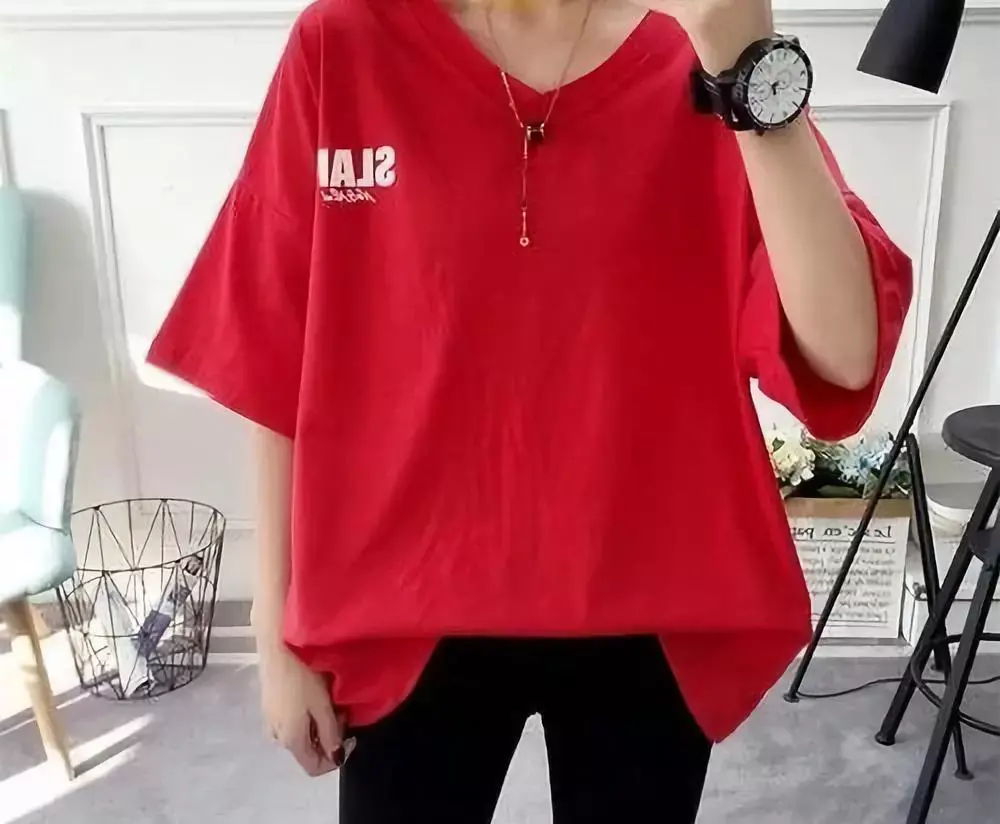
It uses cotton as raw material and is produced through textile technology. It has the characteristics of moisture absorption, moisturizing, heat resistance, alkali resistance, and hygiene. It has good moisture absorption and heat resistance, and is comfortable to wear.
Maintenance:
- 1. Various detergents can be used, and can be hand washed or machine washed, but when washing Do not wash with vigorous scrubbing to avoid deformation of the clothes, and do not pour washing powder directly on cotton fabrics to avoid local discoloration;
- 2. Light-colored and white products can be soaked for 1 to 2 hours for better washing and decontamination effects. It is best to wash dark colors in cold water and do not soak them for too long to avoid fading;
- 3. White clothing can be washed at high temperature with a strong alkaline detergent to bleach it. Underwear should not be soaked in hot water to avoid yellow sweat spots.
Fabric is the foundation for making clothes, and understanding fabrics is the foundation for making clothing. What kind of fabric has what characteristics? If you don’t understand it clearly, how can you get customers to trust you and place an order? By applying what you have learned, you can help more customers solve problems in your future life and work, and become their “caring little cotton-padded jacket” this winter.








